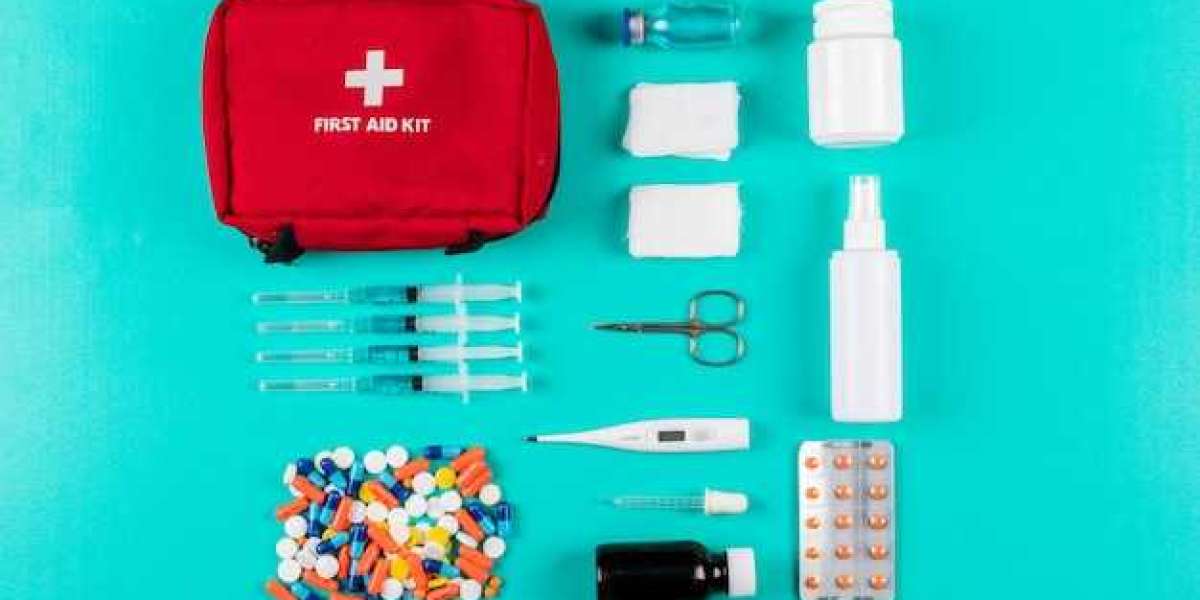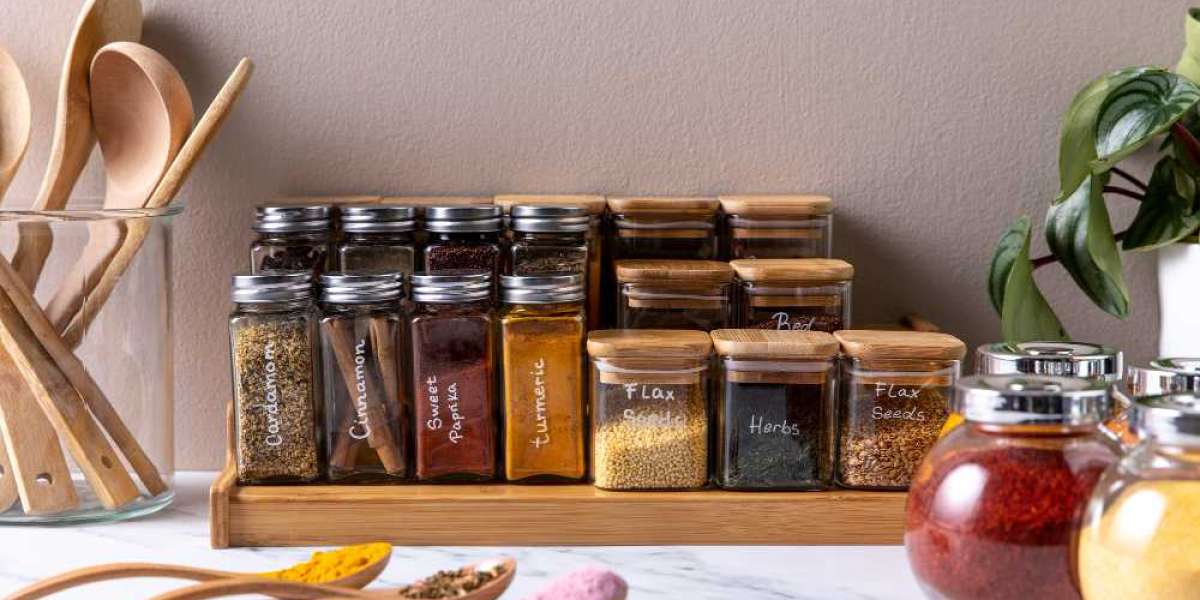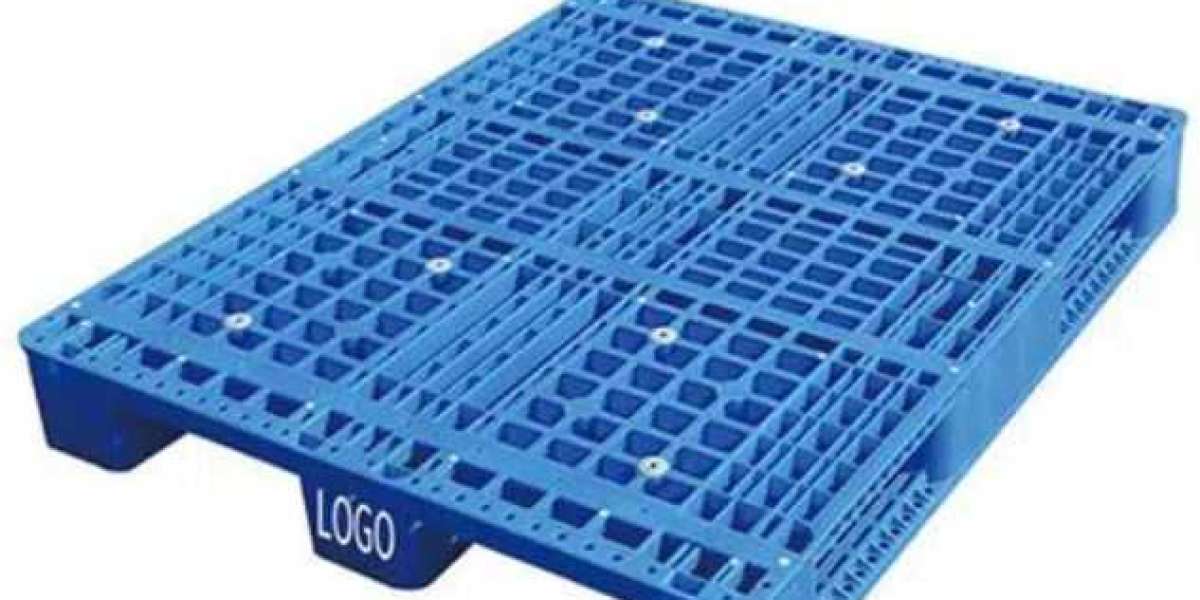In life, accidents happen, and when they do, proper wound care is essential for a speedy and healthy recovery. Whether it's a small cut or a more serious injury, having the right wound care products and supplies on hand can make all the difference in promoting healing and preventing infections. In this guide, we'll explore everything you need to know about wound care products and supplies to help you navigate the often overwhelming options available.
Understanding Wound Care Products:
Wound care products encompass a wide range of items designed to clean, protect, and aid in the healing process of wounds. These products can be categorized into several main types:
Cleaning and Disinfecting: This category includes antiseptic solutions, such as hydrogen peroxide and rubbing alcohol, as well as sterile saline solutions and wound cleansers. These products are used to clean the wound and prevent infection.
Dressings: Dressings are used to cover and protect wounds, absorb excess moisture, and promote healing. They come in various forms, including adhesive bandages, gauze pads, adhesive tape, and transparent films.
Topical Ointments and Creams: These products contain ingredients such as antibiotics, antiseptics, and soothing agents to prevent infection, reduce pain, and promote healing. Common examples include antibiotic ointments like Neosporin and Bacitracin, as well as hydrocortisone cream for itch relief.
Specialized Wound Care Products: For more complex wounds, specialized products may be necessary, such as hydrogel dressings for burns, foam dressings for heavily exuding wounds, and alginate dressings for wounds with heavy drainage.
Selecting the Right Products:
Choosing the right wound care products depends on several factors, including the type and severity of the wound, the amount of drainage, and any underlying health conditions. Here are some tips for selecting the appropriate products:
Assess the Wound: Before selecting any products, carefully assess the wound to determine its size, depth, and level of contamination. This will help guide your choice of cleaning solutions, dressings, and other products.
Consider Drainage: Wounds that produce a lot of drainage may require highly absorbent dressings or products specifically designed to manage excess moisture.
Check for Allergies: Some individuals may be allergic to certain ingredients found in wound care products, such as latex or certain types of adhesives. Be sure to check for allergies before using any new products.
Follow Healthcare Provider Recommendations: If you're unsure which products to use, or if you're dealing with a particularly complex or severe wound, consult with a healthcare provider for guidance.
Essential Wound Care Supplies:
In addition to wound care products, having the right supplies on hand is crucial for proper wound management. Here are some essential wound care supplies to keep in your first aid kit:
Sterile Gauze Pads: These are ideal for covering wounds and applying topical medications. Choose sterile gauze pads in various sizes to accommodate different wound types.
Adhesive Bandages: Adhesive bandages, commonly known as bandaids, are perfect for minor cuts and scrapes. Keep a variety of sizes and shapes on hand to cover different areas of the body.
Medical Tape: Medical tape is essential for securing dressings and bandages in place. Opt for hypoallergenic tape to reduce the risk of skin irritation.
Antiseptic Wipes: Antiseptic wipes are convenient for cleaning minor wounds when soap and water are not readily available. Look for wipes containing ingredients like benzalkonium chloride or alcohol for effective cleansing.
Scissors and Tweezers: These tools are useful for cutting gauze and tape, as well as removing debris from wounds. Choose stainless steel instruments for durability and ease of sterilization.
Conclusion:
Proper wound care is essential for preventing complications and promoting healing. By understanding the different types of wound care products and supplies available, as well as how to select the right ones for your needs, you can ensure that you're prepared to handle any minor injuries that come your way. Remember to always clean wounds thoroughly, apply appropriate dressings, and seek medical attention for more serious or complicated wounds. With the right tools and knowledge, you can help your body heal quickly and effectively.








